- Home
- slideshows
- miscellaneous
- 12 photos of the Tuskegee Airmen - the historic African-American World War II aviators who paved the way for the full integration of the US military
12 photos of the Tuskegee Airmen - the historic African-American World War II aviators who paved the way for the full integration of the US military
In 1941, the US military designated Tuskegee, Alabama, as the training ground for African-American pilots

Though they were finally able to become US military pilots, black Americans trained in segregated facilities
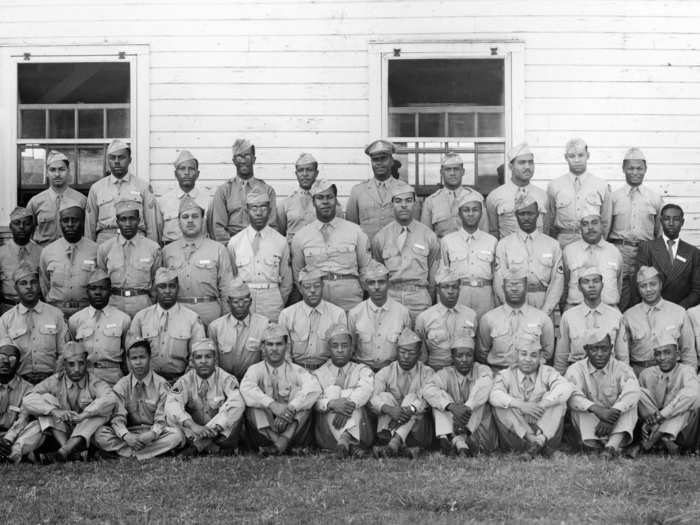
Tuskegee continued training pilots, navigators, bombardiers, and other maintenance and support personnel
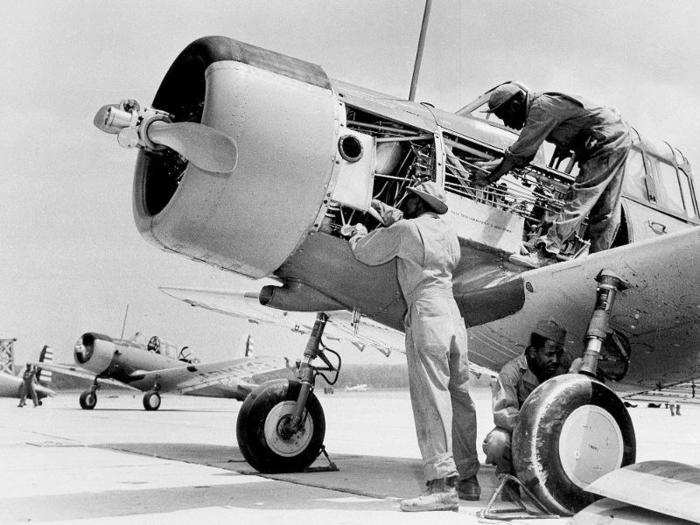
The first class of pilots graduated in March 1942.
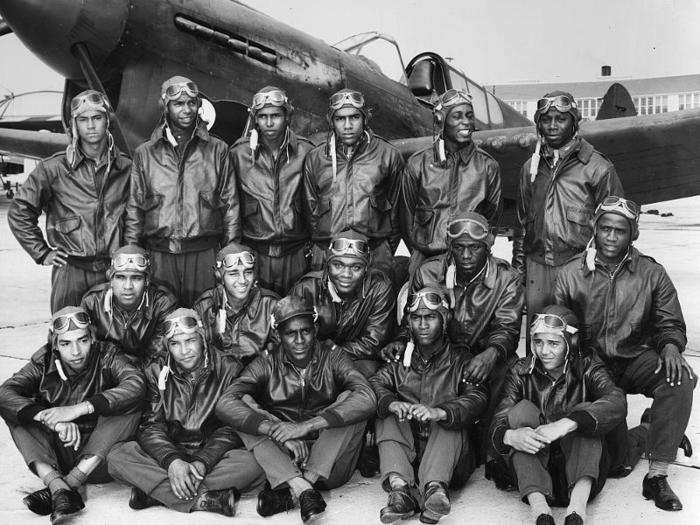
The first five pilots to graduate from advanced flying training were Capt. Benjamin O. Davis, Jr. and 2nd Lts. Mac Ross, Lemuel R. Custis, Charles H. DeBow, Jr., and George S. Roberts.
Davis was assigned to the base; the others beame the first African-American pilots in the 99th Pursuit Squadron.
The Tuskegee Airmen were highly successful during the war, escorting medium and heavy bombers on missions over Italy and Germany
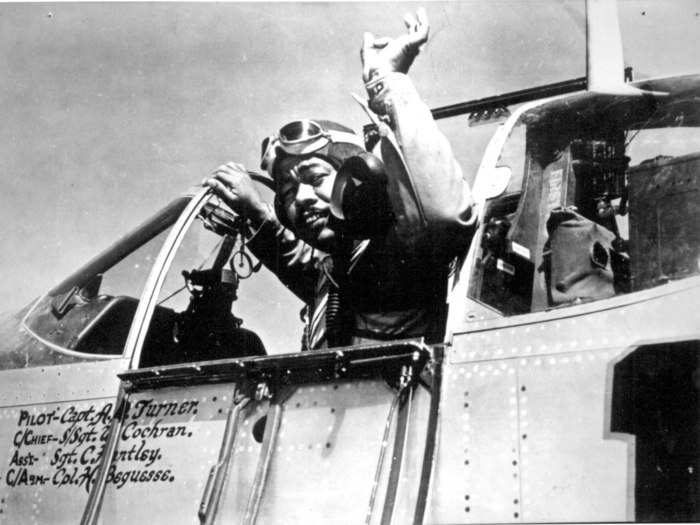
They also flew air-support missions for ground troops
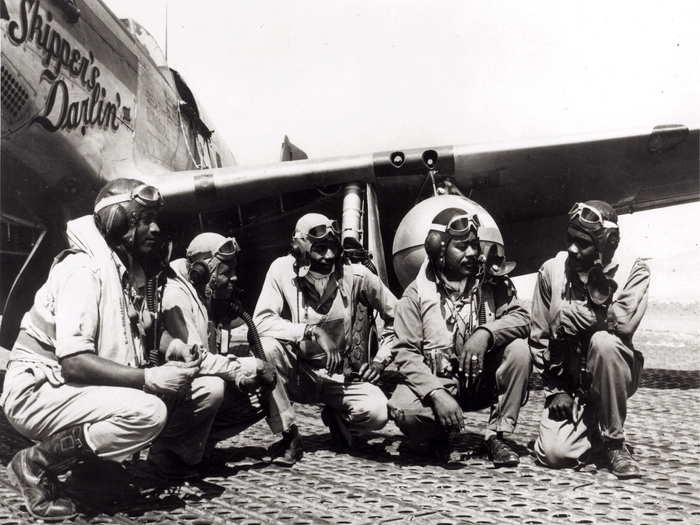
Members of the 99th Fighter Squadron covered the landings of Allied troops in Licata and Anzio, Italy.
The 99th also provided cover for Allied naval vessels in the Mediterranean Sea
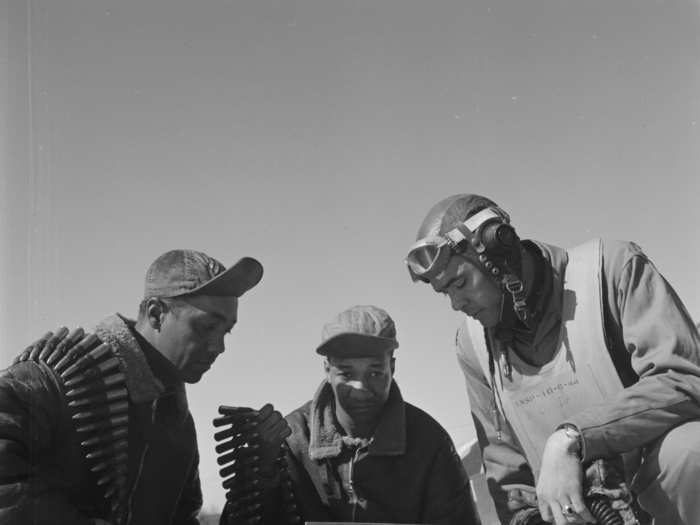
Originally flying out of Tunisia, the pilots later flew out of Sicily before eventually launching missions from mainland Italy
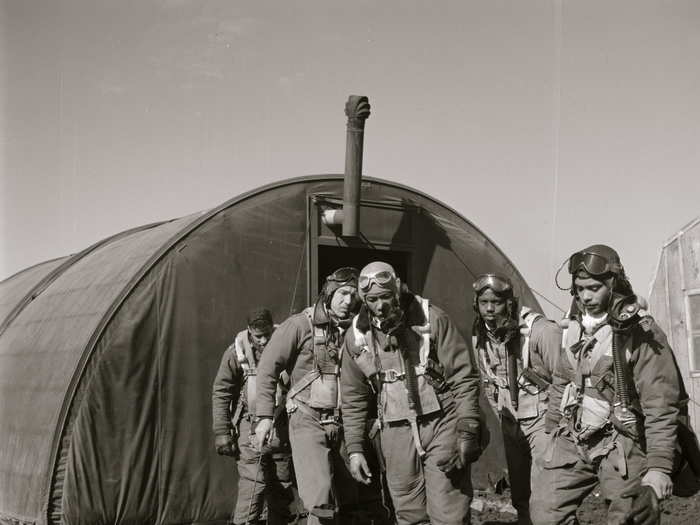
The 99th Fighter Squadron began flying missions from mainland Italy in September 1943
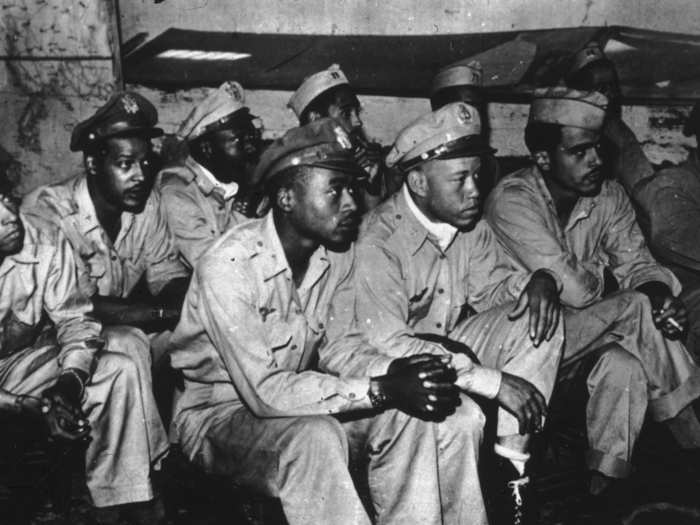
Despite numerous successes in combat, officials still tried to bar the African-American unit from further combat deployments.
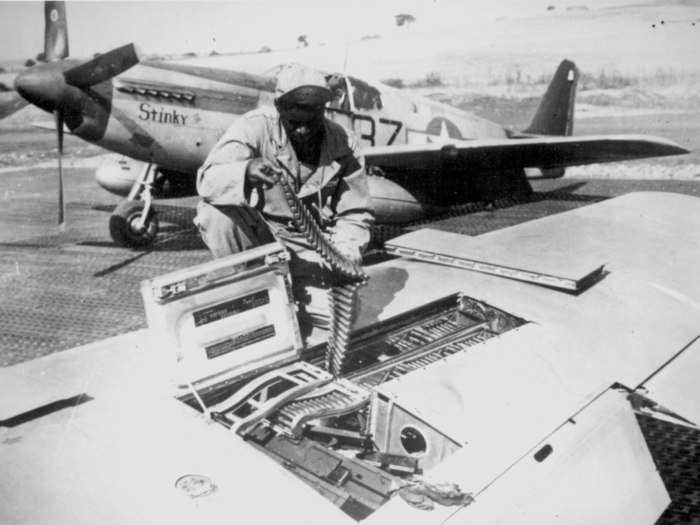
White officers in the unit's chain of command wrote memorandums questioning the unit's combat successes and recommended the 99th no longer be deployed for combat missions.
The War Department — now the US Department of Defense — kept the unit in combat but attached it to another command, and perceptions of the unit improved.
Here are insignia for various squadrons on an AY-6 Texan aircraft during a 2012 ceremony honoring Tuskegee Airmen. The top emblem is for the 332nd Fighter Group. The unit insignia, from left to right, are for the 99th, 100th, 301st and 302nd Fighter Squadrons.
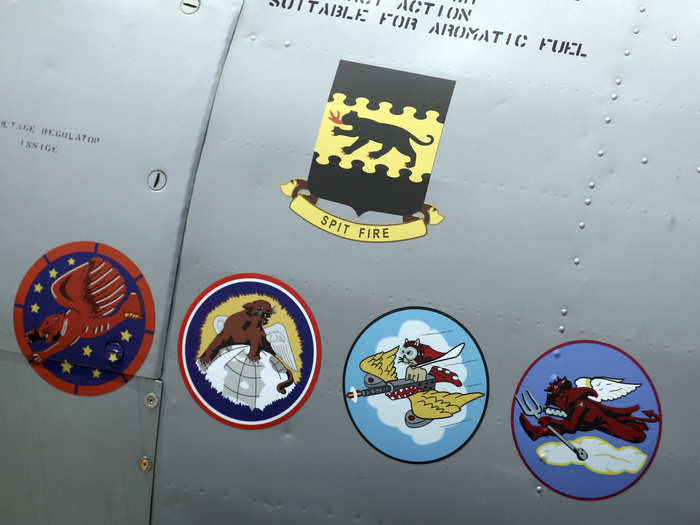
In September 2018, the Air Force flew a formation honoring past, present, and future Tuskegee Airmen.
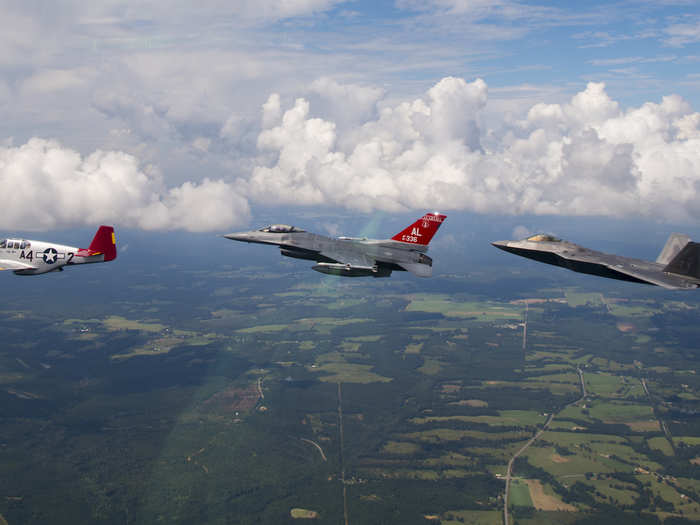
Popular Right Now
Advertisement